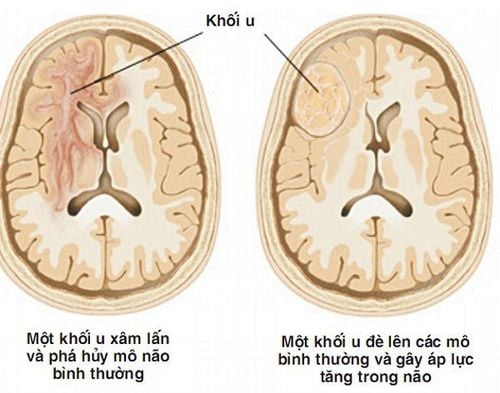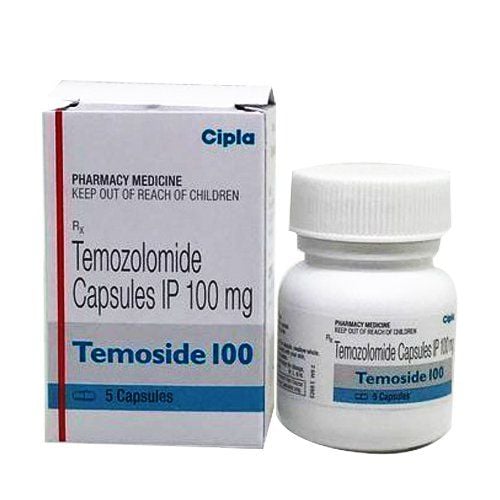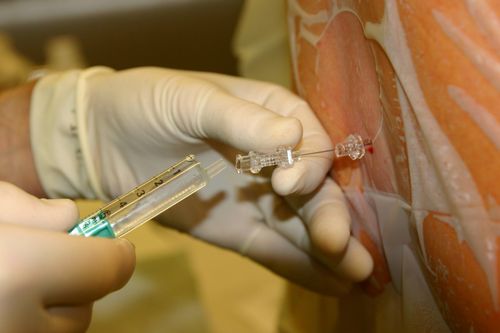This is an automatically translated article.
Cerebrospinal fluid is a clear, colorless fluid that acts as a cushion to protect the brain and spine. Cerebrospinal fluid testing is done to check fluid status and measure the pressure in the cerebrospinal fluid.1. What is cerebrospinal fluid? What is a cerebrospinal fluid test?
The cerebrospinal fluid is a clear, colorless fluid formed as an ultrafiltrate of plasma by the choroid plexus of the ventricles, and possibly by cells of the membranous canal. Cerebrospinal fluid is located in the ventricles, hydrocephalus, and subarachnoid spaces of the brain and spinal cord. The chemical composition of the cerebrospinal fluid is similar to that of plasma, but without fibrinogen, bilirubin and very little cholesterol.Cerebrospinal fluid acts as a cushion, protects the brain and spinal cord against mechanical trauma, participates in the nutritional and metabolic tasks of the central nervous system. Besides, the one-way flow of cerebrospinal fluid also has the function of transporting certain substances necessary for the brain and body. At the same time, the cerebrospinal fluid also has corresponding changes when the central nervous system is damaged.
Cerebrospinal fluid test is a subclinical method, performed with the aim of checking the status of cerebrospinal fluid, measuring fluid pressure, thereby diagnosing, treating and prognosticating diseases related to the nervous system. such as myelitis, meningitis, brain cancer,...
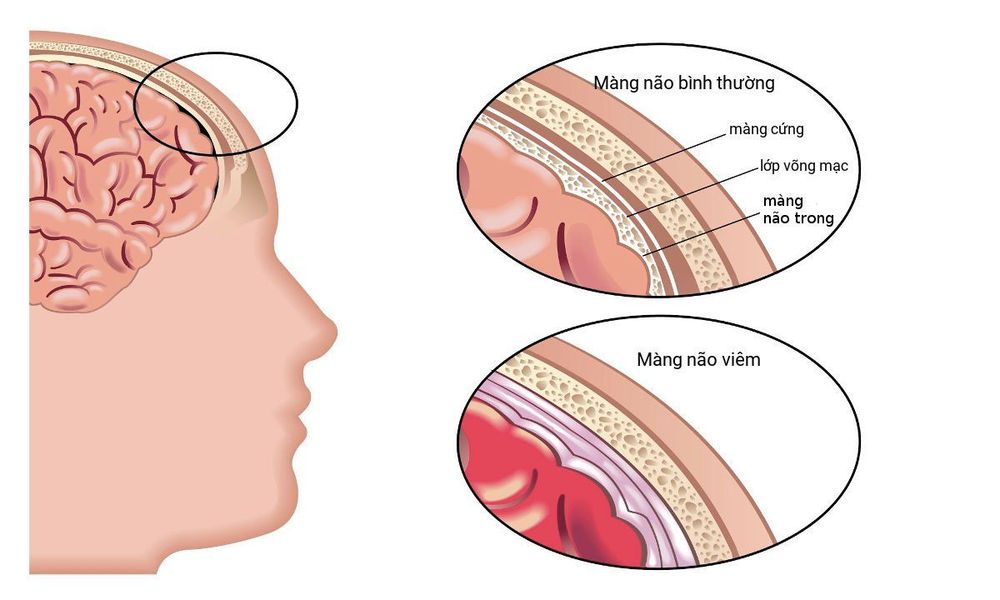
Xét nghiệm dịch não tủy nhằm chẩn đoán bệnh viêm màng não
2. Cerebrospinal fluid test procedure
There are many ways to obtain CSF such as:
Cisternal puncture: The specialist inserts a needle under the occipital bone (behind the skull) to extract the required amount of CSF. This method is always performed with a fluorescent conductor and has a rather high degree of danger; Ventricular puncture: Recommended for people at risk of brain herniation. When performing, the specialist will drill a hole in the patient's skull, then directly insert the needle into the brain to get the cerebrospinal fluid. This method is rarely used and is mostly done in the operating room. However, lumbar puncture is still the method of choice. The procedure is as follows:
The patient lies on his side on the bed, knees slightly bent, retracted in front of the chest; The doctor determines the body area, disinfects the back, injects local anesthetic into the lower spine; Insert the spinal needle, aspirate about 1 - 10ml of cerebrospinal fluid, measure the pressure in the cerebrospinal fluid; Withdraw the needle, clean the lumbar puncture area and cover with a gauze dressing; At the end of the procedure, the patient is assigned to lie down for a short time. This helps prevent fluid leakage at the CSF puncture site. A CSF test usually takes only about 30 minutes.
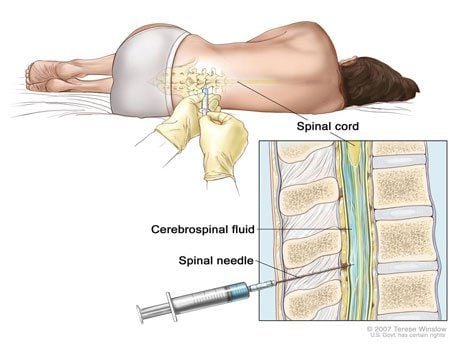
Xét nghiệm dịch não tủy bằng phương pháp chọc dò tủy sống là phương pháp được lựa chọn nhiều nhất
3. Meaning of cerebrospinal fluid test
Test of cerebrospinal fluid usually gives the following results:
CSF is colorless, transparent: The patient is completely normal; Opaque cerebrospinal fluid: The patient is likely to have an infection, with an accumulation of white blood cells or proteins; Cerebrospinal fluid with blood: Signs of bleeding or blockage of the spinal cord; CSF brown, orange, or yellow: Signs of increased CSF protein or previous bleeding (at least 3 days before). However, this can also be blood from the patient's spinal cord, making it difficult to interpret the test results. Besides, in some diseases, cerebrospinal fluid also has different changes such as:
Meningitis : The cerebrospinal fluid is cloudy, the number of cells increases by 500-1000 white blood cells/mm3, mainly white blood cells. neutral multiplier demand. Total protein increased by 100-300 mg%, glucose decreased markedly, NaCl was normal. Culture of cerebrospinal fluid with bacteria (pneumococcal, meningococcal,...); Tuberculous meningitis: The cerebrospinal fluid is lemon yellow, clear, pressure is increased, the number of cells increases from a few dozen to several hundred/mm3. The first stage is mainly neutrophils and lymphocytes, in the later stage, lymphocytes account for 70-90%. Observation of the sediment in the test tube showed the phenomenon of scum. Protein slightly increased, glucose, sugar and salt decreased;
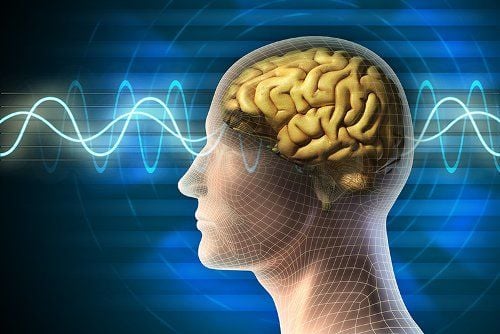
Xét nghiệm dịch não tủy chẩn đoán được bệnh nhân đang có nguy cơ mắc các bệnh tại não
Viral meningitis: The cerebrospinal fluid is transparent, slightly increased protein, increased cells, mainly lymphocytes, positive Pandy and Nonne-Appelt inflammatory reactions; Cerebrovascular accident: People with intracranial hemorrhage have cerebrospinal fluid that may contain non-clotting blood, increased protein, and similar components in the cerebrospinal fluid to blood. People with cerebral parenchymal hemorrhage and close to the ventricles or the subarachnoid space, the cerebrospinal fluid may be mixed with blood, the blood volume is small, so the cerebrospinal fluid is usually pale pink. In patients with cerebral infarction, cerebrospinal fluid pressure is slightly increased, protein is slightly increased; Brain tumor: The cerebrospinal fluid is elevated, creating great pressure, with protein-cell dissociation.
4. Application of cerebrospinal fluid test
Cerebrospinal fluid testing plays an extremely important role in the detection, diagnosis and treatment of diseases. Namely:4.1. Diagnosis of diseases Taking cerebrospinal fluid as an adjunct test for the diagnosis of neurological diseases such as:
Infectious diseases of the central nervous system: encephalitis, meningitis, myelitis, encephalitis; Meningococcal malignancy: Meningeal cancer, polyneuritis, multiple sclerosis, spinal cord compression syndrome, benign intracranial hypertension syndrome; Neurological diseases of undetermined cause: Epilepsy, convulsions, confusion, consciousness disorders, polyneuropathy, acute and chronic polyradiculopathy and neuropathy;

Xét nghiệm dịch não tủy là xét nghiệm bổ trợ trong việc chẩn đoán bệnh động kinh
Stroke. 4.2. Treatment of diseases Specific drug delivery into the subarachnoid space of the spinal cord; Giving local anesthetics for surgical purposes; Give antibiotics, corticosteroids,... to treat diseases of the central nervous system or diseases of the nerves - nerve roots. 4.3. Monitoring of treatment results Normal cerebrospinal fluid is colorless, transparent, density is 1.006 - 1.009, viscosity is 1.01 - 1.06, pH is 7.4 - 7.6. If the treatment is effective, the cerebrospinal fluid will have the above indicators.
Test of cerebrospinal fluid gives results based on parameters of density and composition in cerebrospinal fluid. Depending on each patient, the doctor will base on the test results to advise, give specific treatment methods and make a more accurate prognosis.
Please dial HOTLINE for more information or register for an appointment HERE. Download MyVinmec app to make appointments faster and to manage your bookings easily.




